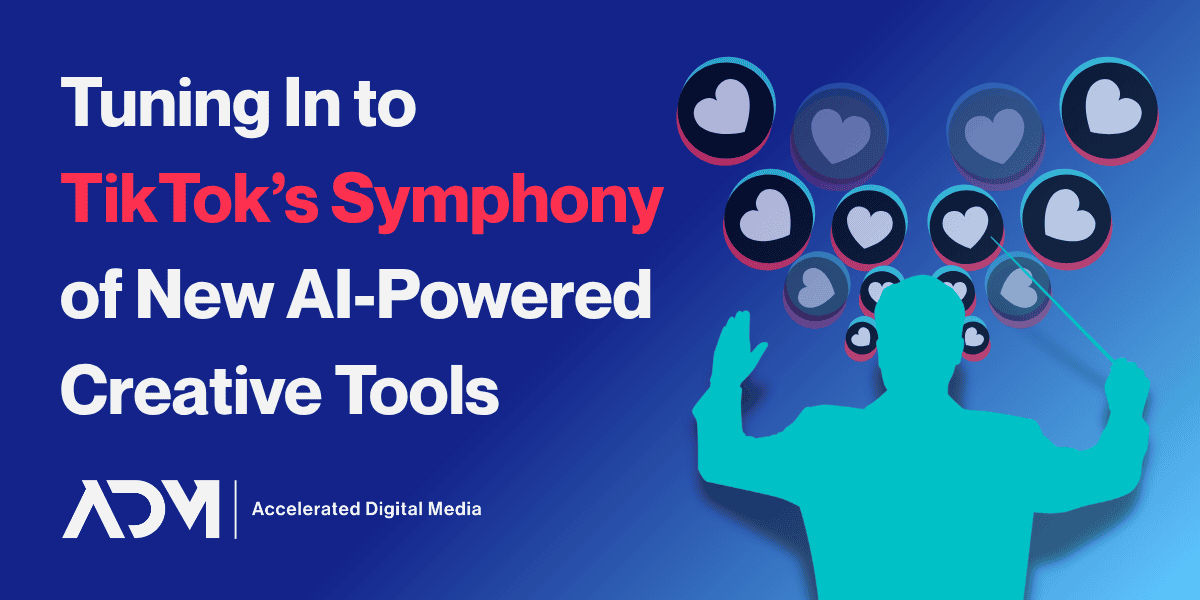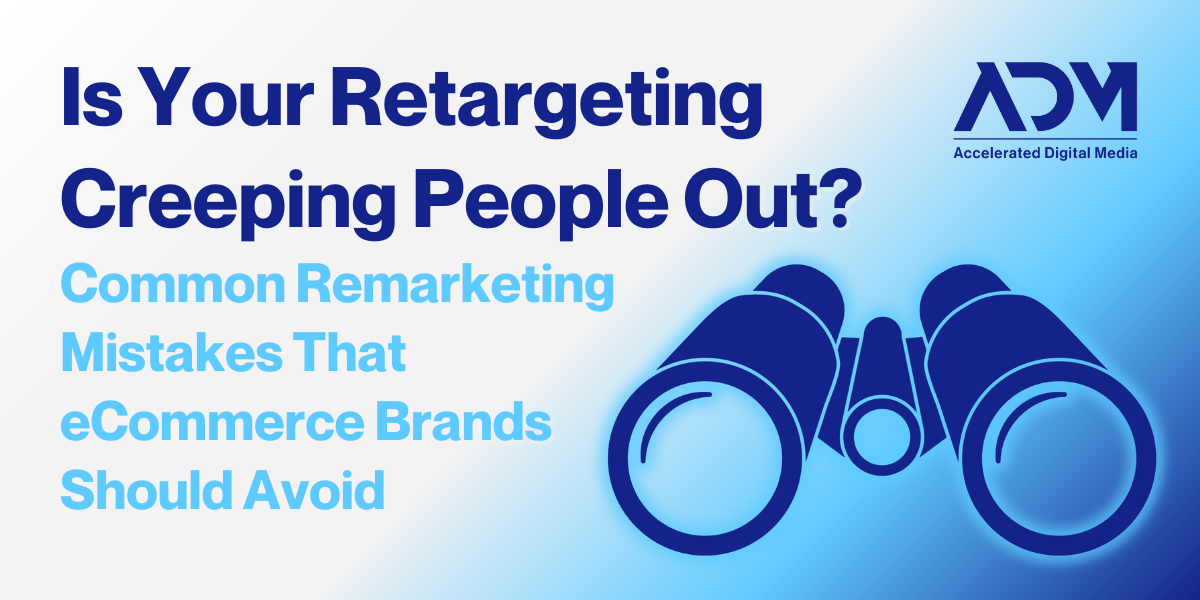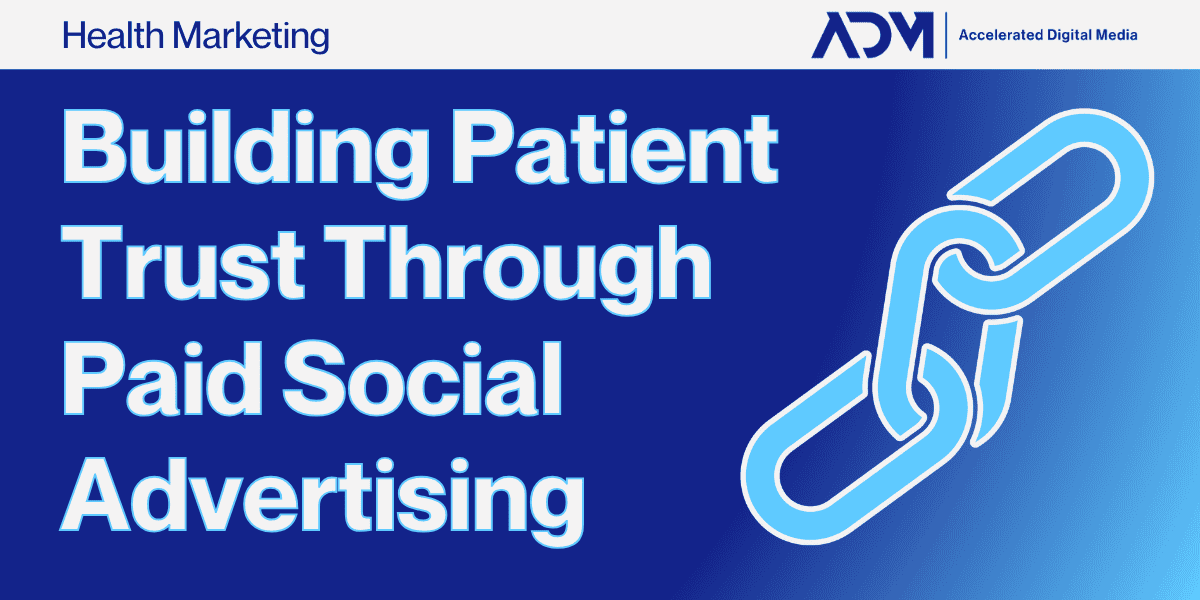At a certain point, digital marketing platforms might get tired of introducing new AI. But they certainly haven’t gotten there yet. At the Cannes Lions festival, TikTok announced its latest set of generative AI tools under its TikTok Symphony suite. Rather than chasing novelty, these updates seem focused on scale and integration: reducing the time and effort it takes to produce TikTok-native content, particularly for advertisers.
While the functionality is promising and the ambition is clear, the practical value of these tools will depend on how they’re used. Not everything generated is campaign-ready. And for brands with established creative standards, legal requirements, or audience expectations, the utility of these tools may be more about speed and testing than final output.
Here’s a closer look at the tools TikTok Symphony announced in June—and how brands should think about each tool’s strengths, limitations, and place in the creative workflow.
Image-to-Video: A Practical Shortcut with Specific Use Cases
This tool converts a static image into a five-second video using AI-generated effects, camera motion, and transitions. It’s designed to help marketers make TikTok-style motion content without needing to shoot or edit footage.
For brands managing large SKU counts or product catalogs, this could offer some efficiency. A single PDP image could be turned into a short-form video in minutes. TikTok also integrated the tool into Adobe Express and WPP’s Open platform, suggesting it wants these tools embedded directly into creative workflows rather than siloed in an AI sandbox.
That said, this probably still has limited application. Outputs like these generally feel more like an advanced GIF than a full-blown video. For most brands, they may serve best as:
- Placeholder assets for internal review,
- Quick prototypes for A/B testing,
- Lightweight additions to organic content strategies.
ADM’s take: The results likely won’t replace creator-driven or high-production-value creative—especially for campaigns where storytelling, visual nuance, or brand consistency are central.
Based on current AI capabilities, even the best video generation tools (like Runway, Pika, or OpenAI’s Sora) still struggle with detail consistency, realism, and motion logic. TikTok’s tool is optimized for speed and accessibility, not cinematic quality.
Text-to-Video: Fast Concepting, but Not Final Creative
Another addition is Text-to-Video, which generates video clips entirely from a prompt—no image required. Enter something like “a group of friends unboxing a mystery box” and Symphony will produce a brief animated interpretation of that idea.
This tool is clearly aimed at the top of the creative process: giving teams a way to visualize concepts before a shoot, test hooks, or explore alternate ideas without investing in production.
What remains to be seen is whether these outputs can clear the quality bar for paid campaign use. Brands want to avoid anything that appears stiff, overly-generic, or downright uncanny. But that doesn’t make them entirely useless.
ADM’s take: For teams who need to pitch multiple creative directions quickly, or test visual metaphors in-market before committing any budget, this could potentially offer some time savings. The key is knowing what you’re evaluating: not the finish, but the concept.
And for brands in regulated categories—like health, wellness, or finance—AI-generated creative may face additional hurdles around accuracy, disclaimers, and compliance that make these assets far more useful internally than externally.
Showcase Products: AI Avatars That Interact with Your Items
One of the most ambitious of the new TikTok Symphony releases is Showcase Products, a feature that uses AI avatars to demonstrate how a product is worn, held, or used. Brands upload an image and select a use case, and Symphony produces a short-form demo video using a synthetic actor.
TikTok cited early examples from brands like American Eagle and YOOX to demonstrate the appeal: virtual try-ons without model sourcing, infinite variations without additional production.
But again, it’s worth grounding expectations. While the generated videos are visually plausible, they don’t offer the emotional nuance, narrative context, or social proof that real creator content provides. In some categories, that won’t matter. In others, it could.
ADM’s take: As synthetic content becomes more widespread, consumer perception will likely diverge by vertical or even brand expectations. Apparel, accessories, and lower-consideration items may perform fine with AI avatars. Higher-trust categories—especially like skincare, supplements, or healthtech—may see blowback if content feels impersonal or overly synthetic.
“For advertisers, the fast cadence of the platform means ease of content creation has real impact on ad volume, so adoption is likely to be high,” our Creative Strategist Jen Thomas noted. “The ongoing conversation around speed, quality, and content ethics comes just as quickly to the forefront, however—as longer-term user response to avatars may change broad perception of channel and brand authenticity.”
A tool like this might help fill creative gaps, especially in fast-paced product launches or last-minute promotions. But it shouldn’t be seen as a like-for-like replacement for influencer-driven UGC.
AI Safety, Transparency, and Consumer Perception
Along with its announcement, TikTok Symphony is taking some (commendable) steps toward ensuring responsible deployment of these tools. All Symphony-generated content is:
- Labeled as AI-generated
- Embedded with C2PA metadata for transparency
- Subject to human moderation before publishing
But while labeling solves for platform policy, it doesn’t necessarily solve for audience perception. As generative AI becomes more common, consumer expectations will evolve—and it’s not yet clear whether that evolution will increase trust or skepticism.
ADM’s take: For marketers, this introduces a new strategic variable: not just how content is made, but how it’s received. Brands will need to monitor performance and sentiment closely to understand when synthetic content helps—and when it detracts.
The Main Takeaway? Test TikTok Symphony Before Adopting
TikTok’s June 2025 AI tools represent real progress toward more accessible, scalable creative production. They lower barriers for teams that want to move faster, test more, or stretch limited assets further. For some brands, that’s a welcome unlock. According to ADM’s Director of Paid Social, Alex Andrews, brands should approach these tools optimistically, but with caution.
“Historically, many advertisers have viewed TikTok’s specific unit specs and style as a potential barrier for launching campaigns. This suite of AI tools certainly reduces this barrier in a way that can increase variants and help drive at least bare minimum results,” Andrews said. “But businesses who take their brands seriously will note the lack of customization options using branded elements.”
“There is a real debate of “quality vs quantity” of creatives that these tools really lay bare. Ultimately, these certainly won’t result in “better” creative; just easier creative,” he continued.
These tools are not strategy—and they’re not magic. They won’t write your brief, establish your brand voice, or understand your audience. They offer speed, not substance. Used thoughtfully, they can support a smart creative process. Used carelessly, they risk producing forgettable or off-brand content at scale.
New creative tools like these are worth testing as long as expectations are in check and quality standards are high. Build clear use cases, evaluate performance against your own benchmarks, and don’t assume novelty guarantees impact. The best creative strategies aren’t driven by what’s easy to make—they’re driven by what’s worth saying.




